
Studies show that dogs (most commonly, Emotional Support Dogs) can help with depression. Most of us don’t know, however, that our canine friends can also suffer depression.
The dogs can’t speak anyway so, and we can’t ask them to know how they feel. It may get worse for them if we can’t recognize the signs of depression in dogs.
Depression in Dogs—Signs and Symptoms
Studies show that your dog can change its facial expressions when it knows or thinks that you’re looking at it. It would do this to try and communicate with you.
Here are some other signs you should look for if you suspect that your dog could be depressed.
Change in Sleep Patterns
Dogs love to sleep—and it’s reasonable when you’re not around. A sudden change in its sleep patterns, however, is a red flag.
If you’ve been away for most of the day and comes back, but the dog continues to sleep, it could be battling depression. Either way, it may also remain curled up like it hasn’t noticed your presence.
Still, under the change in sleep patterns, the dog may find it hard to fall asleep. You should be concerned if the dog suddenly becomes restless and sleeps less often.
Excessively Licking its Paws
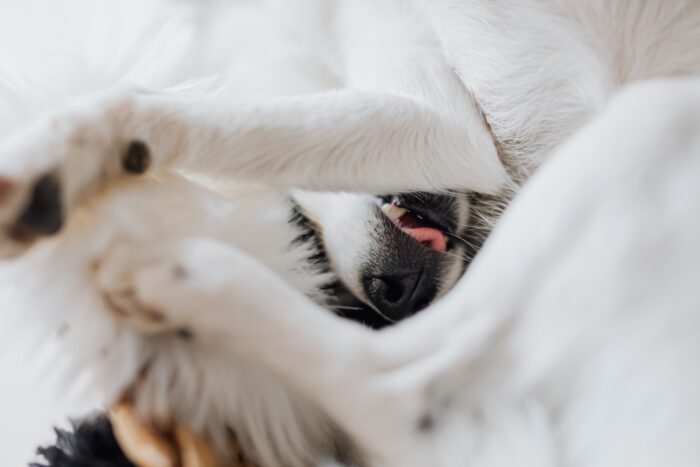
Licking of paws in dogs is normal to some extent. Nevertheless, if your pooch licks its paws continuously, you should be concerned.
Science confirms that dogs commonly lick their paws as a way to soothe themselves. Therefore, if it’s too much, your furry friend could be battling depression.
Change in Appetite
Did your dog suddenly start eating more food? The dog could be using that food as a solace because of depression.
You should also be concerned when your pooch suddenly loses interest in food. If this happens, it could be time to take it for a vet checkup.
Loss of Interest in Day-to-Day Activities
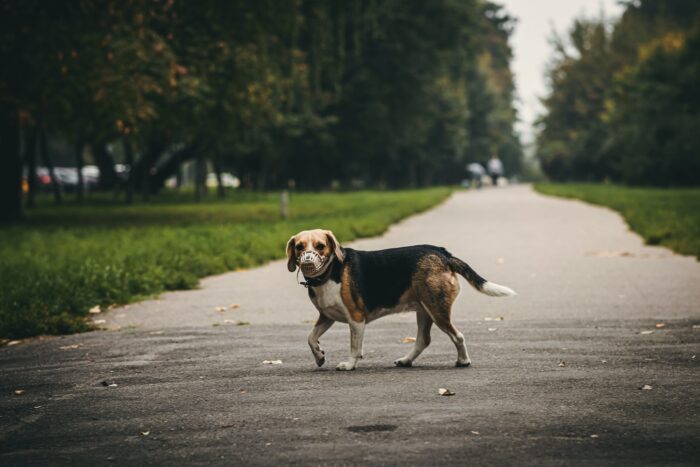
The day-to-day activities in dogs include playing around, going for short and long walks, and any other thing that will excite it. If it starts to fancy more rest than play and run, it could be suffering silently.
Shyness or Aggressiveness
Depression affects dogs in many ways. Depending on your dog, it may begin to hide from you or other family members.
Either way, it may also begin to show abnormal signs of aggression and be ready to attack at the slightest provocation. When you notice this type of change in behavior, be sure to take the necessary precautions, and call a certified vet to examine the dog.
Causes of Depression in Dogs

Just like humans, causes of depression will vary based on different factors. Some of the reasons why your pooch could be depressed include;
Change in Environment
Changes in the dog’s natural environment, such as when you upgrade your home, move to a new home, or a change in weather and patterns, may adversely affect it. It may respond to these changes by avoiding eating or just becoming shy and hiding away from you and other family members.
When you or the Owner is Sick or Appears Sad
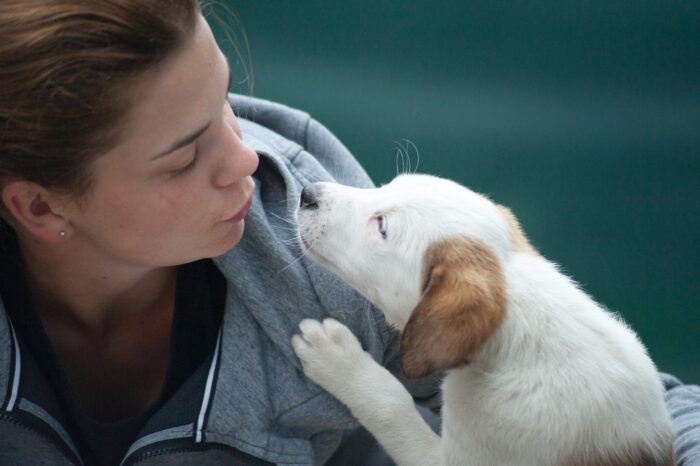
Studies show that dogs tend to monitor humans most of the time. They can read your gestures and expressions in a way that most animals can’t. It is because of this unique ability that your dog can easily pick on its owner’s energy or yours and start feeling in a way that’s akin to how you feel.
Loss of Owner or Companion Animal
Your dog may also be sad when you, the owner, or a companion animal, have been away most of the time. The depression at this time may be caused by fear or the separation anxiety it’s going through.
Because of this, it may react by retreating or trying to act up by showing that it isn’t scared. This is what brings in the excessive barking and abnormal aggression.
Pain or Ill-health Condition
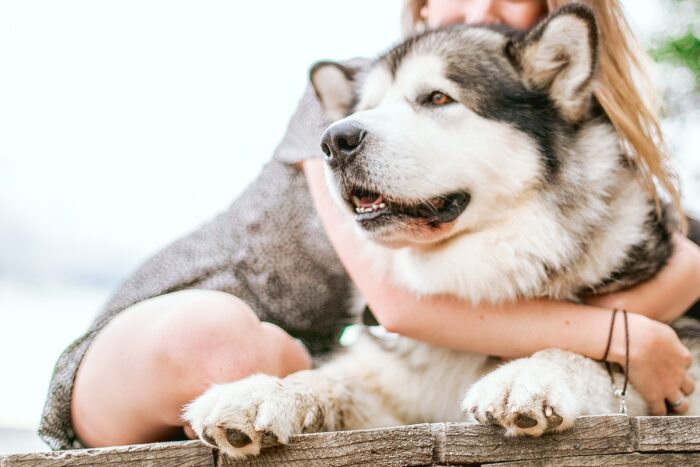
It isn’t easy to know if the dog is having an ill-health condition in most cases—unless a vet has examined it. Nevertheless, showing a ‘sad’ face could be a sign that something isn’t right.
Therefore, if you spot signs of depressions such as sleeping a lot, and excessively licking its paws, be sure to contact a vet to examine it as soon as possible. If the vet finds an ill-health condition, the symptoms should improve once the dog has been treated.
How to Cheer Up a Depressed Dog
Cheering up a distressed dog may not be a downhill task for every pet-owner—especially if you’re still green at keeping pets. It shouldn’t be so complicated though.
Here are a few smart ways to cheer up a depressed dog.
Take it out to Play
Try creating simple challenges and let the pup have fun overcoming the obstacles and sniffing up its favorite treats. You can even make this more fun by having it tackle the challenges in an area it likes to visit. It could be your yard, in the garden, or just any place it enjoys walking around.
Make the Training Fun
There are lots of smart ways you can make the training fun. If the dog doesn’t seem interested in participating in activities, make it up for it by bringing in new treats.
When buying treats though, check to ensure that they’re not made with chemical preservatives that could be dangerous to the dog. If it was recovering from sickness or injury, be sure to give it treats that are especially, formulated to aid in quick recovery.
Host a Surprise Doggy Birthday Party
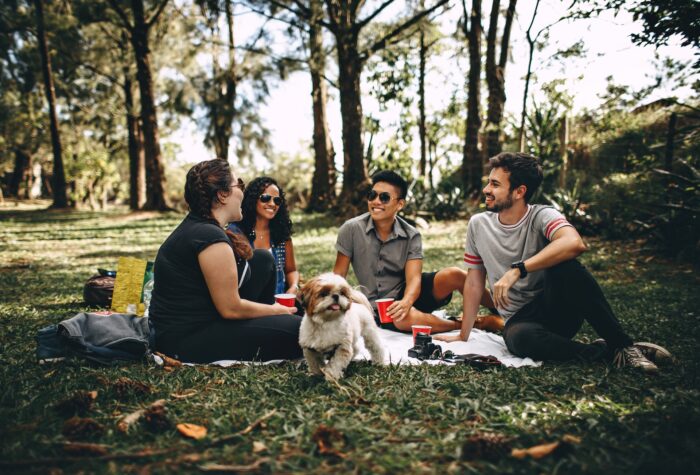
Did you also know that you can hold a birthday party for your furry friend? For this one, you’ll need special doggie birthday cakes like this one from TailBangers.
If possible, be sure to throw the party at a beach if you live near one or in the pet’s best Dog Park.
In Closing
It can sometimes be a real challenge in dealing with depressed dogs. We hope these tips help you know when your dog is depressed and how to deal with depression in dogs.
If the depression was due to changes in the environment or loss of companion dog or a loved one, there’s no better way to explain the changes. Perhaps surprising it with a new treat or its favorite treat would lift its moods.








